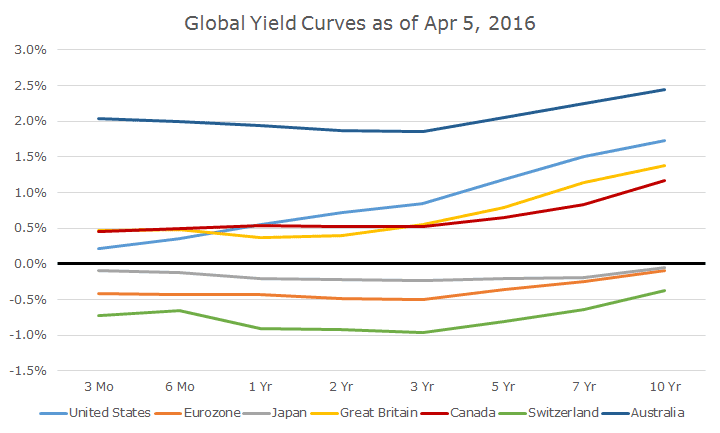It looks like you're new here. If you want to get involved, click one of these buttons!
Fundalarm said: "I am amazed their mutual fund had such language ... i went though many act 40 prospectuses and haven't seen such disclosure ..."
From Full Prospectus for Oppenheimer Capital Appreciation Fund (page 16):
Redemptions “In-Kind.” Shares may be “redeemed in-kind” under certain circumstances (such as a lack of liquidity in the Fund’s portfolio to meet redemptions). That means that the redemption proceeds will be paid in securities from the Fund’s portfolio on a pro-rata basis, possibly including illiquid securities. If the Fund redeems your shares in-kind, you may bear transaction costs and will bear market risks until such securities are converted into cash.
Haven't checked, but I'm pretty sure this is standard boilerplate for all their funds.
https://www.oppenheimerfunds.com/investors/doc/Capital_Appreciation_Fund_Full_Prospectus.pdf?dig_asset_metrics=done


Geez Louise!net income fell every year for the past five years, dropping to $21.4 million last year, or about a third of the $70.8 million it earned in 2014, and down from $137.9 million in 2011. Revenue fell 8 percent last year to $230.9 million, also declining for the fifth year in a row. [...] Calamos has suffered alongside public shareholders because a family affiliate owns 78 percent of the company, with just 22 percent of the economic interest traded publicly on the Nasdaq Stock Market.
Efforts to revamp the management team have made little difference. In 2013, Co-Chief Investment Officer Nick Calamos, a nephew of the founder, exited and was replaced by former Janus Capital CEO Gary Black, but he didn't last long. Black left the firm last fall.
Koudounis will earn an annual salary of $800,000, plus an annual bonus of $2.6 million, or more, depending on a determination by the board’s compensation committee, the company said in a filing with the Securities and Exchange Commission today. In addition, he will get annual “long term incentive awards” of $1.6 million. A one-time sign-on payment of $1.25 million will be payable next year
© 2015 Mutual Fund Observer. All rights reserved.
© 2015 Mutual Fund Observer. All rights reserved. Powered by Vanilla